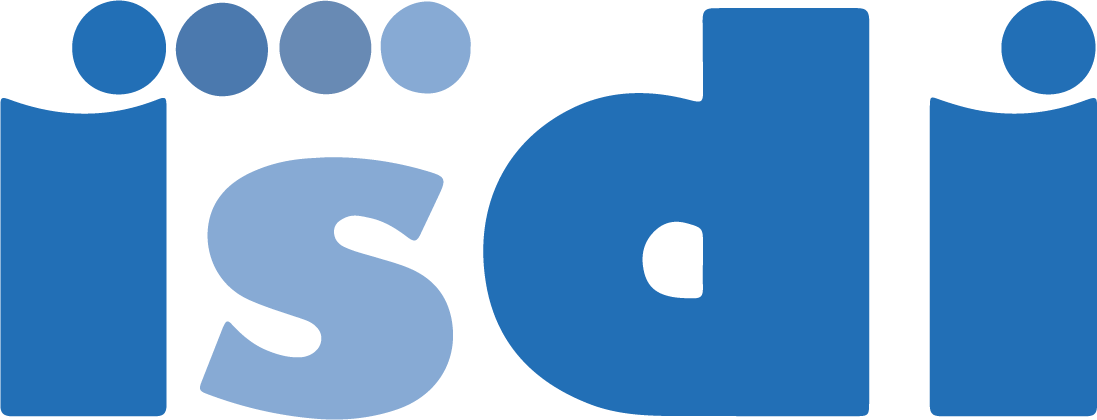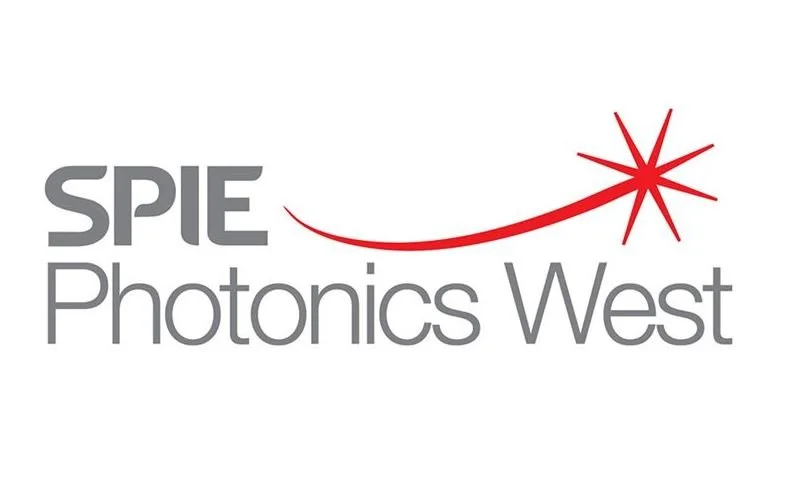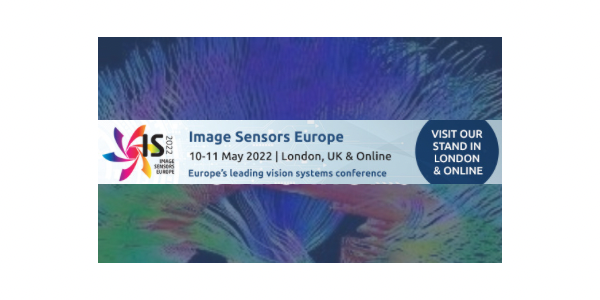As we have recently passed our ISO9001 Surveillance Audit – it seems like a good moment to recognise and celebrate our Quality Team. We acknowledge that all staff are expected to contribute and participate in our ISO Quality System through regular audits and review – but it is important to acknowledge the leadership and guidance that Audrey Looi (Quality Manager) and Moresche Bartley (Quality Engineer) provide, to keep us on track for building a top-quality product and to keep our certifications in place. Read this interview with the Quality team
Read MoreISDI is delighted to announce that His Majesty King Charles III, has approved the Prime Minister’s recommendation that ISDI should receive a King’s Award for Enterprise in the Innovation category this year. ISDI is one of 252 organisations nationally to be chosen for a prestigious King’s Award for Enterprise.
Read MoreThe IS1510 CMOS image sensor has been used to design the Spectrum Logic CL1510 1:1 Western Blot Imager - a novel scanner for faster, more accurate results.
Western blotting (also known as immunoblotting) is an established biochemical procedure that identifies particular proteins in complex samples and has applications from straight-forward research to the analysis and diagnosis of infectious diseases. Western blotting can be utilised to decide molecular weight, amount and post-translational adjustments of proteins and can subsequently be an effective device to screen changes in proteins, including expression and modifications.
Read MoreRaman spectroscopy, which is now a vital tool in life sciences and materials analysis, it was an insight by a scientist who spent his entire professional life in his home country India. Chandrasekhara Venkata Raman had been investigating how light interacts with materials at the molecular level and hypothesised that light could be scattered by materials in such a way that the properties of the light are changed.
Read MoreLarge area CMOS image sensor design: ISDI uses 2D stitching to create image sensors that can be almost as large as the largest rectangle that fits inside the diameter of the silicon wafer. Using stitching our image sensors can be larger than the maximum size a photo-lithography system in a fab can produce (typically around 25 mm2 for a 200 mm wafer fab).
Read MoreUniversity College London and ISDI Collaboration. Interview with Rimcy Palakkappilly Alikunju (UCL graduate researcher) about her collaboration with ISDI and her project which is jointly funded by ISDI and Engineering and Physical Sciences Research Council (EPSRC).
Read MoreISDI to exhibit at SPIE Photonics West Jan 2023
Read More










